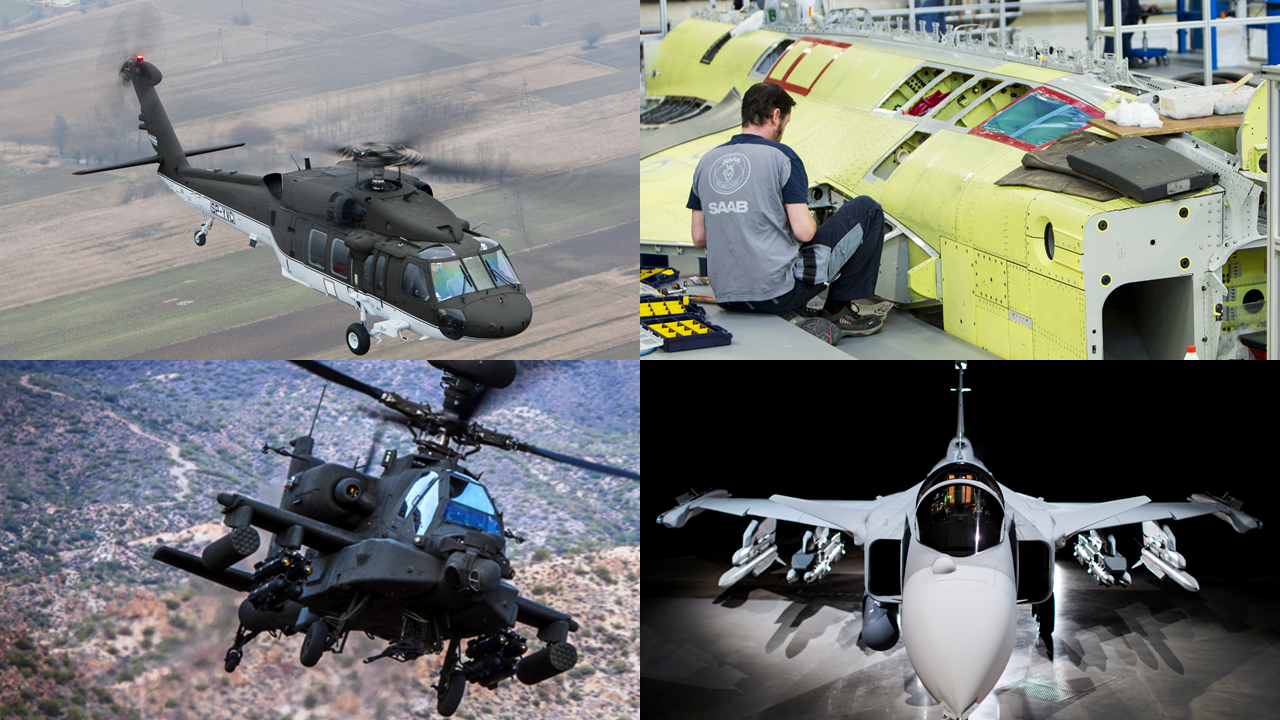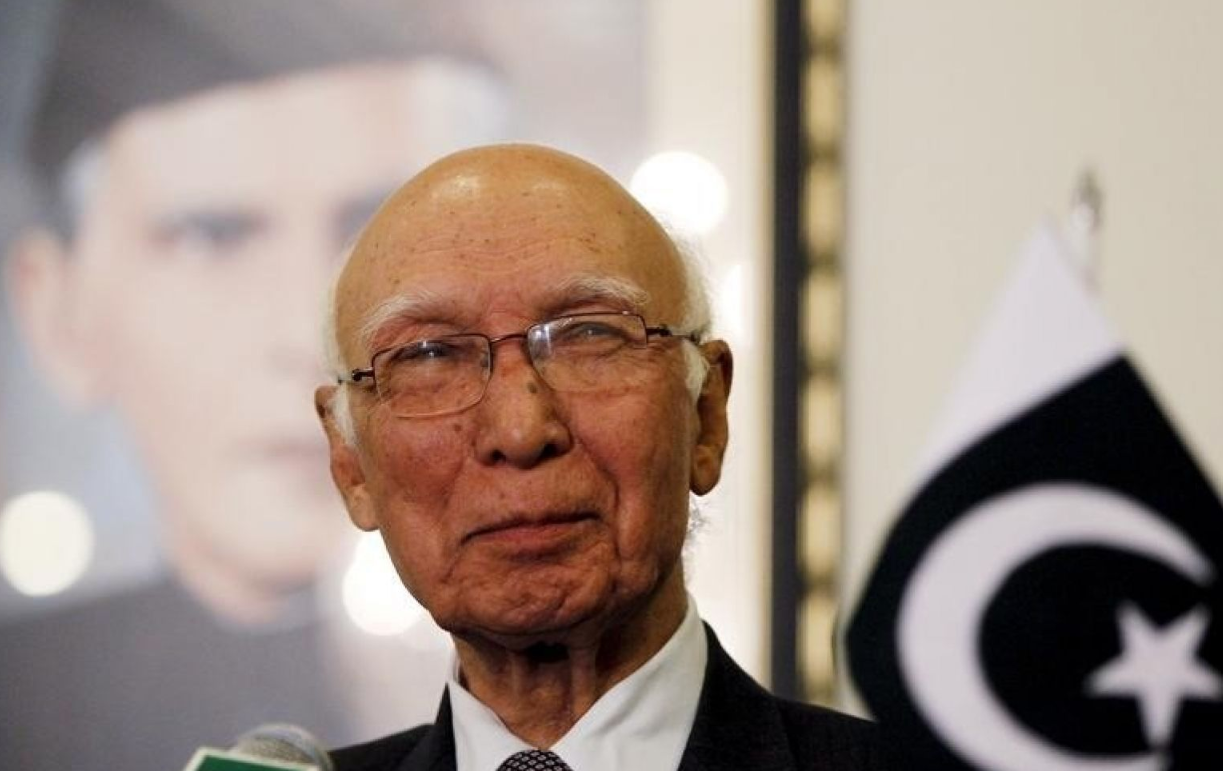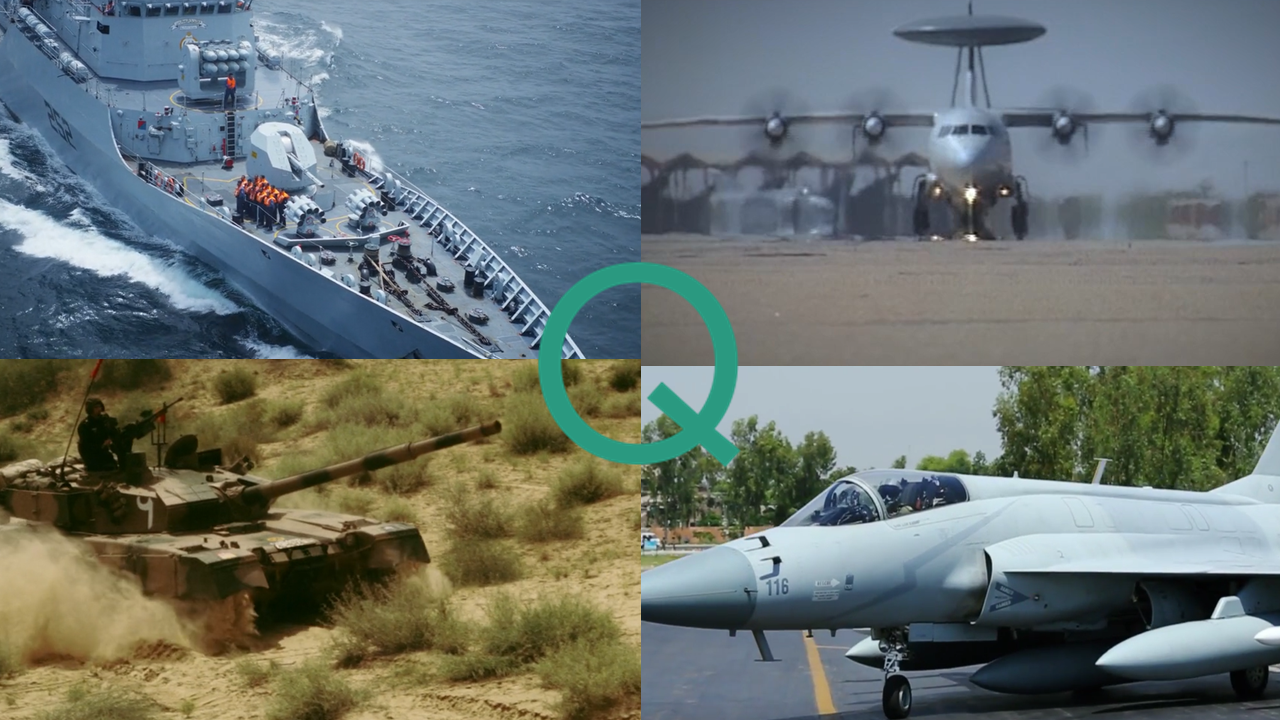2435Views 7Comments

This Week in Review: Budgets, Growth and Relations
Every Sunday, Quwa will close the week’s news with a review and analysis with the aim to tie together several topics into broader themes. It is an opportunity to reflect upon and discuss issues in a way where key trends are identified and individual news topics are connected into a “bigger picture.”
Rising Defence Expenditure
Bangladesh and Pakistan have boosted their defence budgets to $2.8 billion and $8.2 billion, respectively. Big-ticket procurements are on the radar for both countries, though it seems the two will depend on credit or loans as a means to finance their purchases.
China will figure centrally, though Dhaka and Islamabad may try to open doors in Moscow. Bangladesh had succeeded in securing a Russian line-of-credit for its purchase of 16 Yak-130 lead-in fighter trainers (LIFT), but fresh support will depend on Russia’s abilities to offer such support. Unfortunately, Moscow is beset with a precarious economic situation. But China could (and likely will) make in-roads.
Pakistan, although interested in acquiring Russian arms, will have more trouble on that front. Although the U.S. is proactively vying to pull India into its sphere of influence (by recently declaring it a “Major Defence Partner”), India is looking to balance its ties with Moscow, Washington and Beijing. For Pakistan to access Russian arms, it will need to speak in terms of its own abilities, namely its fiscal power, proactive foreign relations policy, and tangibly demonstrating that it is serious about its vital national interests.
That said, Pakistan did allocate a little over $2 billion for defence expenditures. To what extent Russian arms are involved (or at all) is not known, but irrespective of Pakistan’s economic situation and political position at this time, its defence needs are borne out of a genuinely tough geo-political neighbourhood.
Growth for Countries and Companies
It has been an eventful week in the defence industry sphere. In South Korea, Daewoo Shipbuilding & Marine Engineering (DSME) recently launched the first Daegu-class (FFX-II) multi-mission frigate for the Republic of Korea (RoK) Navy. Turkey and Sikorsky succeeded in signing a landmark agreement that will enable Turkish Aerospace Industries (TAI) to produce much of the S-70 Black Hawk helicopter (along with its engine) under license. Qatar placed an order for 24 Boeing AH-64E Apache Guardian attack helicopters.
There are several key trends at play. Turkey, Qatar and South Korea are heavily engaged in elevating their respective capabilities. In relative terms, the enhancement is more profound in Qatar, which is on-track to expanding and enhancing its air combat fleet.
Although neither is a stranger to domestically sourcing their defence needs, Turkey and South Korea continue to make strides in producing capable weapon systems. However, South Korea and Turkey are also hoping to generate lucrative leads in the global defence market. For example, Turkey is in talks with Pakistan over a number of potential big-ticket acquisitions.
Nurturing Valuable Relationships
Technology and expertise are immensely valuable for countries seeking to build their indigenous defence industries. It is for this reason that India is looking to loop Saab into the Tejas program, though Saab may be more eager to push its Gripen platform to the Indian Air Force (IAF). Although a different goal, Saab is still eager to enhance India’s defence industry, particularly its private sector. For Saab, a sizable Gripen order from the IAF and India’s participation in the Gripen’s global supply chain could position the Gripen as a less costly and more widely supported platform. Given the importance of such a breakthrough, one should expect Saab to offer substantial technology transfer and commercial offset concessions to India.
Meanwhile, Pakistan seems to be making tangible steps towards modernizing its principal small arms and ammunitions supplier, Pakistan Ordnance Factories (POF). The first step lies in a recent memorandum of understanding between POF and what appears to be an Italian industrial vendor. POF’s production line needs to be modernized in order to cope with the demands of not only the global small arms market, but of Pakistan’s small arms needs. Improvements in quality, efficiency and capacity are critical.



7 Comments
by bill
PN big potential procurements are in pipeline now perhaps PAF is in desperate need for a new platform with AESA, IRST and other 4.5th gen capabilities to counter IAF capabilities in defensive posture till for time being PAF gets own true 5th gen Fighter jet most probably FC31, as clearly it seems that PAF hands in case of F16s procurement and updation are tide, at best PAF may get upgraded F16s up to block 50/52 standard which even in near future may be relevant only for secondary role along with JF17s up to block 2 standard if not upgraded.
by jigsaww
WRONG.
I think you have GDP per capita confused with something else, and it’s amazing how you can put wrong figures being on internet. At least run a Google search.
GDP per capita of Pakistan and Hindustan is almost same. Depending on your source, and there are many, the difference if any is in few hundred USD. In last 10 years, owing to continuous WoT, destruction of local industry, and excessive increase in debt from PPP and PML N gov, the difference has become slightly larger. But that does not change the fact that Hindustan is still boasts one of the largest poverty regions in the world, with safest estimates pointing to 37% population living below poverty line. That’s around 400 million. The figure may be as high as 77% depending on how you define poverty. Cities like Mumbai boast 55% population living in slums. That’s more than half of entire city’s population. The entire eastern corridor is a spectacle of extreme poverty with the only focus being cosmetic on selected areas in western parts of the country. The interesting part is, Hindustan is unwilling to change that owing to caste and creed divide, whereas Pakistan’s problems are largely because of corruption taking toll.
Kuch zada he impress hoay hoay ho…
by Syed
You are giving the Indian narrative here is a nurturant narrative and it’s a year old things are better http://www.forbes.com/sites/danielrunde/2015/08/03/pakistan-the-next-colombia-success-story/ what you fail to see is that Pakistan was always a free market while India was not India passed Pakistan in official GDP figures around 2009 but that is misleading since the underground economy is larger then the official economy ,so an average Pakistani is still better off then his Indian counterpart
by Syed
Debt to GDP ratio is at65% and it has been holding steady at that for last 5 years the civilians should not be blamed for everything and anything ,by the way the foreign debt is $67billion and this year they would raise $8billion to payoff the debt that will be due this year so the debt will remain at the same level India’s debt to GDP ratio is higher then Pakistan and their foreign debt is over $400 billion
by Quraishi
It may well be true that an avg Pakistani lives better off, but that’s rapidly changing, price for basic goods in India are very cheap. But this was not the main issue ever. With a population of over a billion even a little bit would make much more then twice the contribution from the Pakistani population, and again in military 2nd position means nothing.
Hope u understand me better now
by syed
while I agree the economy is not doing as well as it should but all I am saying is that the glass is half full
by Quraishi
If u read my first post u will realize that I mentioned that economy is a major component in the defense structure. And certain latest technologies will always be available for cash, look at the Saudis having the euro fighter, Qatar, UAE, and now Egypt etc..
What u will have to work so hard to attain in a decade/s, enough cash can buy u in a year or 2. And during that time lots more strategic goals can be achieved using the latest technology either by using it directly or pressuring others to comply.
U guys r looking at things in isolation, whereas it’s a comparative game. Without looking at the competition no analysis can be fully complete.
My other point was of the various other tools that are used in defense other the economy.